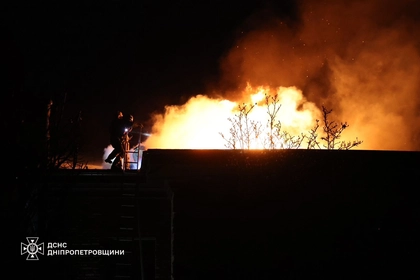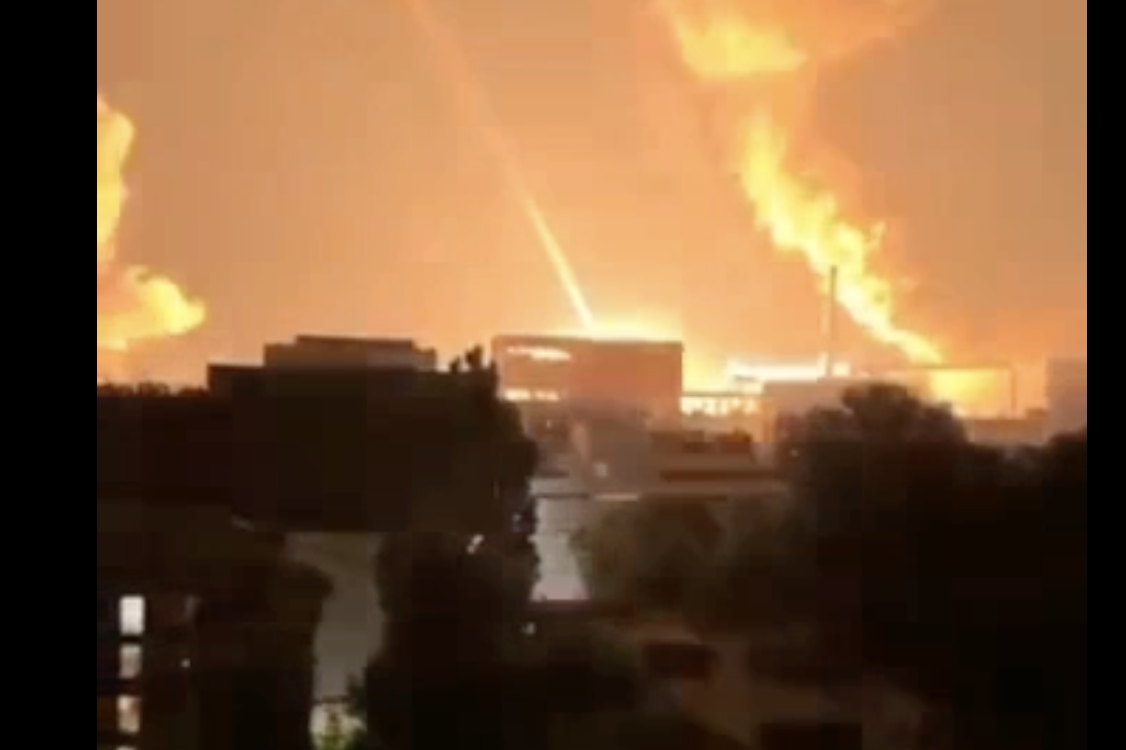The Atesh guerrilla movement has uncovered a route used to transport missiles to the Russian S-300 air defense system near the Kerch Bridge in occupied Crimea and have also reported increased missile transportation to various air defense complexes across the peninsula.
“This indicates that the Russian Armed Forces are preparing to counter a large-scale attack on their military facilities and are reinforcing their defenses,” the Atesh report said.
JOIN US ON TELEGRAM
Follow our coverage of the war on the @Kyivpost_official.
Specifically, the guerrillas tracked the delivery route of missiles to the S-300 air defense complex near the Kerch Bridge, which they say Russia is “trying to preserve by all means.”
Atesh partisans released photos of the missiles being transported and warned that they would continue to monitor these supply routes to identify air defense systems and weaken Russia’s defense capabilities, “aiding the success of Ukrainian forces.”
The S-300 is a Soviet-era medium-range anti-aircraft missile system designed to counter threats such as tactical and strategic aircraft, cruise missiles, and ballistic missiles.
It can operate at altitudes between 25 meters (80 feet) and 27 kilometers (90,000 feet) with a range of up to 100 kilometers (62 miles). Known for its resistance to electronic countermeasures, the S-300 remains one of Russia’s most formidable air defense systems.
Deployed in groups, the S-300 can effectively defend large areas from aerial threats. However, Russian forces have often repurposed the system for offensive strikes on Ukrainian cities, leading to the destruction of residential buildings and civilian casualties.

Did Russia Launch an ICBM at Ukraine for the First Time? Here’s What We Know
Despite its strengths, the S-300 is vulnerable to modern high-precision missiles, drones, and other advanced weaponry. Its range, though significant, may still fall short of intercepting missiles launched from long distances.
The Atesh guerrillas also announced that they are continuing to monitor Russian critical supply points. Recently, the movement’s agents identified a logistics hub used by Russian forces in Crimea, where they recorded fuel transfers from railway cars to tankers.
“Six [train cars] arrive, followed by green fuel tankers, which refuel directly from the rail cars, as there is no terminal on site,” the report read.
The partisans said this fuel is transported to mobile stations throughout Crimea, with the largest shipments heading toward Krasnoperekopsk for further delivery to the front lines. All supply routes from the unloading point pass through Tymashivka, where a new road is being constructed.
In late August, Ukrainian forces struck a Russian S-300 missile complex near Novoshakhtinsk in Russia’s Rostov region. According to the General Staff of the Armed Forces of Ukraine (AFU), the attack was carried out by units of the Ukrainian Naval Forces in coordination with other Defense Forces components.
In mid-July, AFU Commander-in-Chief Oleksandr Syrsky announced a successful strike on a Russian S-300 missile system near Mariupol in the occupied Donetsk region. According to the military news outlet Militarnyi, Ukrainian forces fired at least four M39 cluster munition-filled ATACMS missiles at Russian anti-aircraft positions near Mariupol.
You can also highlight the text and press Ctrl + Enter






